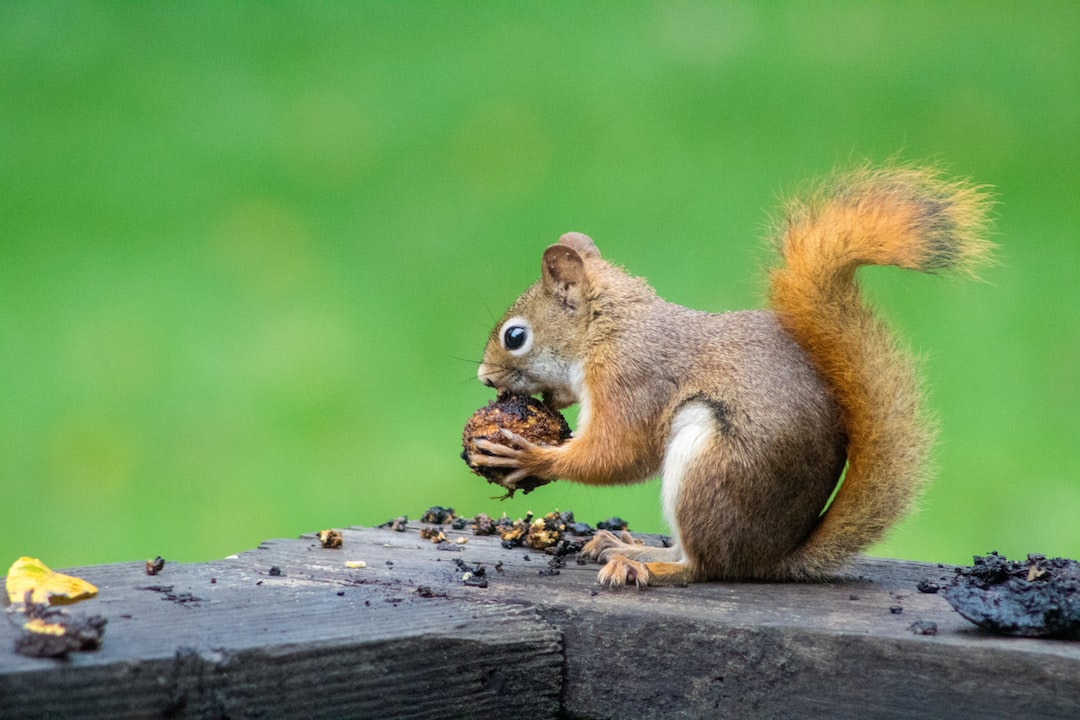The Behavioral Patterns of Social Animals: A Lesson in Cooperation
Human beings have long been fascinated by the intricacies of animal behavior. From insects to mammals, the natural world is teeming with creatures that exhibit a wide range of social habits. Of particular interest are social animals, whose survival and success depend on their ability to cooperate and work together towards a common goal. By studying these behavioral patterns, we can gain valuable insights into the importance of collaboration and teamwork in our own lives.
One classic example of social animals displaying cooperative behavior is the honeybee. Within a beehive, thousands of bees work together to ensure the survival and productivity of the colony. Each bee has a specific role to play, from foraging for nectar to building and maintaining the hive. Through coordination and communication, the bees are able to accomplish tasks with remarkable efficiency.
The bees’ remarkable cooperative behavior can be attributed to a few key factors. Firstly, there is a clear division of labor within the colony. By assigning specific tasks to each individual, the workload is distributed and productivity is maximized. Secondly, bees rely on sophisticated communication systems, such as waggle dances and pheromones, to convey information about food sources and potential threats. This ensures that everyone in the colony is on the same page and can act accordingly.
Similar examples of cooperative behavior can be found in other social animals, such as ants and wolves. Ant colonies are highly organized societies in which individuals work together to build intricate nests and gather food. Each ant has a specific role, whether it be foraging, defending the nest, or caring for the young. Through pheromone trails and intricate communication systems, ants are able to coordinate their efforts and achieve remarkable feats.
Wolves, on the other hand, are known for their tight-knit family units called packs. Within a pack, wolves display a high degree of cooperation and coordination. They hunt together, defend their territory as a team, and share resources among the group. This cooperation ensures the survival of the pack and allows them to take down larger prey that would be impossible for a single wolf.
So, what can we learn from these examples of cooperative behavior in social animals? One important lesson is the power of division of labor. By assigning specific roles to individuals based on their strengths and abilities, tasks can be completed more efficiently and effectively. This principle applies not only to animal societies but also to human organizations. By recognizing and utilizing the unique skills of each team member, we can maximize productivity and achieve better results.
Another important lesson from social animals is the necessity of effective communication. Bees, ants, and wolves rely on sophisticated communication systems to convey information and coordinate their actions. This highlights the importance of clear and open communication in human relationships, whether it be within a family, a workplace, or a community. By sharing information, expressing needs, and listening to others, we can enhance cooperation and foster a sense of unity.
Additionally, the examples of social animals demonstrate the power of collective decision-making. In bee colonies, for example, bees collectively decide on the best location for a new hive by engaging in a process known as the “waggle dance.” This dance communicates information about potential sites, and the bees collectively choose the best option. In our own lives, consulting and involving others in decision-making processes can lead to more informed and inclusive outcomes.
Social animals teach us that cooperation and collaboration are essential for survival and success. By studying their behavioral patterns, we can gain valuable insights into the benefits of division of labor, effective communication, and collective decision-making. These lessons can be applied to various aspects of our lives, whether it be in the workplace, within our communities, or even in our personal relationships. So, let us take inspiration from the animal kingdom and embrace the power of cooperation for a better, more harmonious world.

